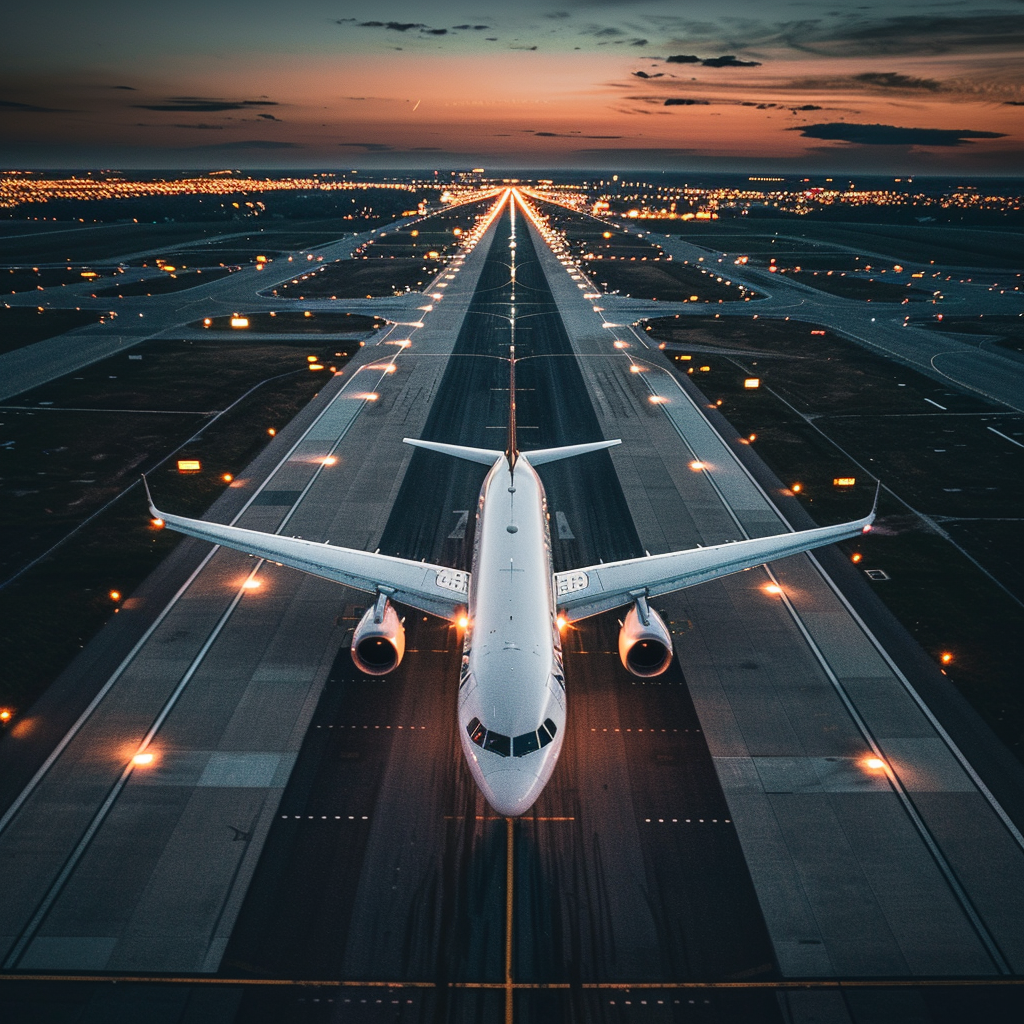The aviation industry is increasingly turning to virtual reality (VR) as a tool to enhance customer engagement and showcase their offerings in a compelling way. Utilizing VR to demonstrate business class cabins is becoming a groundbreaking approach that transforms how airlines communicate the value of their premium services. This immersive technology allows potential passengers to experience the luxury and comfort of business class before even stepping foot on an airplane, thereby enhancing customer satisfaction and boosting sales.
Virtual Reality in Aviation
Virtual reality (VR) stands at the forefront of innovation in the aviation industry, heralding a new era of immersive experiences that transcend traditional boundaries. By harnessing the power of VR, airlines are revolutionizing the way they showcase their services and products to customers. At the heart of this transformation lies the ability to offer 360-degree tours of aircraft, providing customers with a virtual passport to explore the luxurious confines of business class from the comfort of their own home.
This groundbreaking technology not only allows passengers to virtually step inside the cabin but also provides a comprehensive showcase of the spatial benefits and amenities that await them onboard. From the plush seating and expansive legroom to the state-of-the-art entertainment systems and gourmet dining options, VR offers a vivid and compelling preview of the business class experience. By bringing these elements to life in a virtual environment, airlines can effectively communicate the value proposition of their premium services and entice potential customers with a tantalizing glimpse of luxury.
Moreover, VR serves as more than just a promotional tool—it’s a dynamic medium for storytelling and engagement that captivates the interest of tech-savvy consumers in ways that traditional marketing methods cannot. The immersive nature of VR transports users to a virtual realm where they can interact with their surroundings and experience the product firsthand, fostering a deeper emotional connection and sense of ownership. Whether it’s exploring the intricacies of the cabin layout or admiring the panoramic views from the window seat, VR allows customers to engage with the brand on a visceral level, forging lasting impressions that resonate long after the experience is over.
Technological Advancements in Demonstrating Business Class
In the dynamic landscape of modern aviation, technological advancements have ushered in a new era of innovation, transforming the way airlines showcase their premium offerings, particularly in the realm of business class. At the forefront of this revolution are cutting-edge developments in virtual modeling and simulation, which have empowered airlines to create highly realistic and immersive representations of their business class cabins. These advancements represent a quantum leap forward in terms of fidelity, interactivity, and user engagement, providing potential passengers with a tantalizing glimpse into the world of luxury air travel like never before.
Central to these technological advancements is the integration of better graphics and real-time rendering techniques, which enable the creation of stunningly lifelike virtual environments that rival the real thing. From the soft sheen of leather seats to the subtle play of light and shadow, every detail is meticulously recreated with breathtaking accuracy, ensuring that users feel as though they are truly stepping into the cabin of a luxury airliner. This level of visual fidelity not only enhances the realism of the experience but also immerses users in a world of unparalleled elegance and sophistication.
Moreover, the incorporation of interactive elements adds a new dimension of engagement to the virtual modeling experience, allowing users to actively explore and interact with the cabin environment in real time. Whether it’s adjusting the recline of the seats, toggling the mood lighting settings, or opening and closing storage compartments, users have the freedom to customize their virtual experience to suit their preferences. This hands-on approach not only enhances the sense of immersion but also empowers users to gain a deeper understanding of the features and amenities that await them onboard.
Benefits of Virtually Exploring Business Class
Embarking on a virtual journey through business class cabins unveils a plethora of benefits and opportunities for prospective passengers, revolutionizing the way they engage with and experience luxury air travel. At the forefront of these advantages lies the ability to thoroughly inspect every facet of the cabin layout with unprecedented detail and precision. From the arrangement of seats to the configuration of amenities, users are empowered to explore every nook and cranny of the cabin environment, gaining invaluable insights into its spatial dynamics and ergonomic design.
- Furthermore, the immersive nature of virtual exploration enables users to choose their preferred seats with confidence and ease, ensuring that they find the perfect vantage point to enjoy their journey. Whether it’s a window seat with breathtaking views or an aisle seat for easy access, passengers can tailor their seating selection to suit their individual preferences and requirements, maximizing comfort and convenience throughout their flight.
- Moreover, virtual exploration offers a tantalizing preview of the dining and entertainment options available onboard, allowing users to sample the culinary delights and entertainment offerings that await them in business class. From gourmet meals prepared by world-class chefs to an array of in-flight entertainment options, users can experience the full spectrum of amenities and services firsthand, fostering anticipation and excitement for their upcoming journey.
Enhancing Travel Experience
In the realm of modern air travel, the concept of enhancing the travel experience through preliminary exposure to business class via virtual reality (VR) emerges as a game-changer, revolutionizing the way passengers engage with and perceive their journey from start to finish. At its core, this innovative approach aims to provide travelers with a preemptive glimpse into the luxurious realm of business class, empowering them to familiarize themselves with the cabin layout and amenities well before setting foot on the aircraft.
By immersing themselves in a virtual rendition of the business class cabin, passengers can cultivate a sense of familiarity and comfort with their surroundings, thereby alleviating any apprehensions or anxieties they may harbor about their upcoming journey. This preemptive exposure not only serves to demystify the travel experience but also instills a sense of confidence and assurance in passengers, knowing exactly what to expect and how to navigate the cabin environment with ease.
Moreover, for travelers who are particularly discerning or selective about their seating preferences and onboard experience, VR offers a unique opportunity to customize and tailor their journey to suit their individual needs and preferences. Whether it’s selecting the perfect seat with optimal legroom and a panoramic view or familiarizing oneself with the array of amenities and services available onboard, passengers can take control of their travel experience in a way that is both empowering and liberating.
Finally, we recommend reading our article, where we talked about travel in comfort.
FAQ
Virtual reality provides a dynamic way to present services and products, offering a 360-degree tour of aircraft cabins to customers.
VR helps demonstrate the spatial benefits and amenities of business class in an immersive manner.
The immersive nature of VR captivates the interest of tech-savvy c

